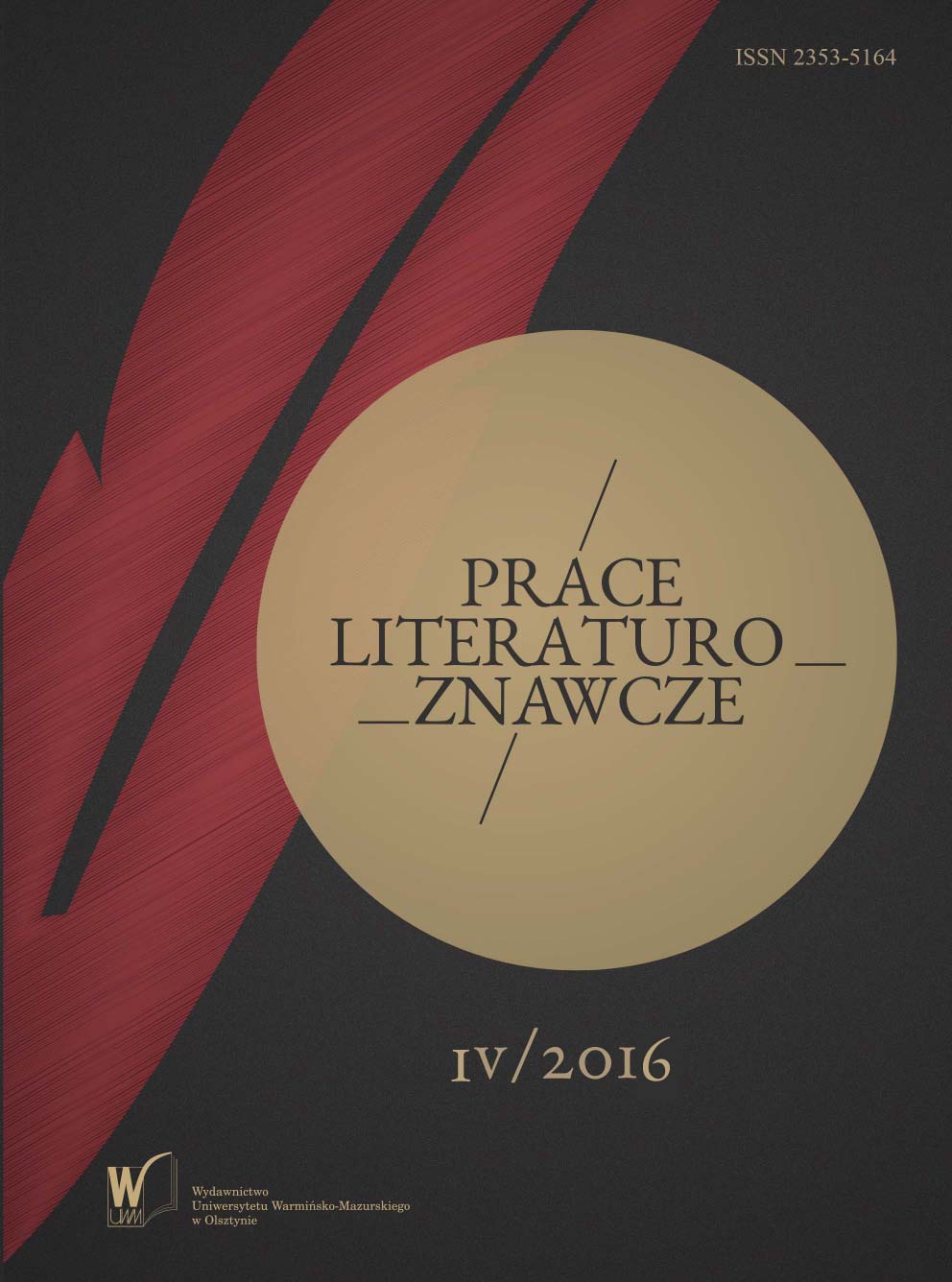Adonais: Shelleya płacz w Italii
Adonais: Shelley's Tears in Italy
Author(s): Aneta LipskaSubject(s): Studies of Literature
Published by: Wydawnictwo Uniwersytetu Warmińsko-Mazurskiego w Olsztynie
Keywords: Keats; Percy B. Shelley; elegy; Grand Tour; ruins; the sublime
Summary/Abstract: Several months after John Keats's untimely death Percy Bysshe Shelley, another exile in Rome, penned Adonais. An Elegy on the Death of John Keats. Central to the poem are Shelley's tears, and the present article discusses this multi-faceted motif. Written in an elegiac tone, the poem expresses grief over Shelley's compatriot, whom the author both knew and respected. The speaker's emotions are amplified by the memories of fierce criticism Keats was unjustly subject to. Shelley clearly sympathised with Keats, leading a similar life in exile and having come into criticism himself. The present article, however, also argues that the motif of tears in the poem can be studied not only from a biographical but also from a strictly literary perspective - as a manifestation of Romantic conventions, especially those governing travel writing on the Grand Tour of Italy. Tears in Adonais reflect the speaker's grief, nostalgia, melancholy and terror, all of which emotions were typical of the literary experience of ruins, as well as the interrelated notions of the sublime and the Gothic. The motif of tears is thus a multi-layered one, constituted by both the author's personal experience and the popular conventions of Romantic travel.
Journal: Prace Literaturoznawcze
- Issue Year: 2016
- Issue No: 4
- Page Range: 9-22
- Page Count: 14
- Language: Polish

